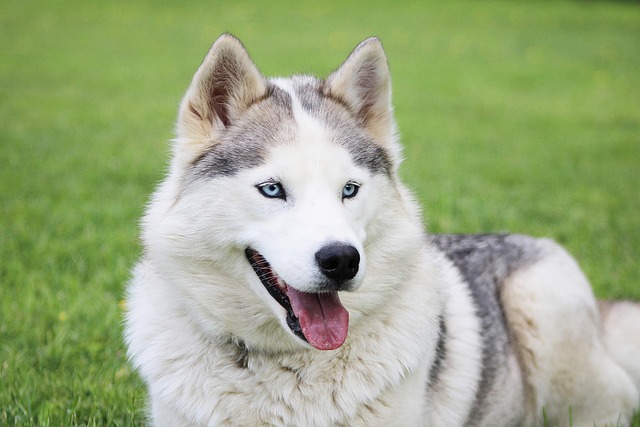
How do i train my dog to be obedient?
Watching your dog dart across the park ignoring your calls isn’t just frustrating—it can put them at risk near busy streets or public spaces.
Belgian Malinois are known for their high energy and sharp intelligence, which can make calming them a challenge if their needs aren’t met. Start by ensuring they get enough physical exercise—long walks in local parks or play sessions with fetch toys work well, but always check your area’s leash laws first. Many cities require dogs to be on a leash in public spaces, and violating these rules can lead to fines, so keeping them secured not only keeps them safe but also keeps you compliant. Mental stimulation is just as important too; puzzle feeders filled with treats or short training sessions teaching basic commands like “sit” or “stay” can tire their brains out, making them more relaxed overall.
 When your Belgian Malinois starts to show signs of excitement—like pacing, barking, or jumping up—avoid giving them too much attention right away. Instead, create a quiet space for them, such as a cozy corner with their bed and a favorite blanket. Speak to them in a soft, calm tone; loud or excited voices will only amp them up more. You can also try gentle massages on their shoulders or back—many dogs respond well to this physical comfort, and it helps build trust between you two. Remember, consistency is key here; if you react the same way every time they get overexcited, they’ll learn what to expect and start to calm down faster over time.
When your Belgian Malinois starts to show signs of excitement—like pacing, barking, or jumping up—avoid giving them too much attention right away. Instead, create a quiet space for them, such as a cozy corner with their bed and a favorite blanket. Speak to them in a soft, calm tone; loud or excited voices will only amp them up more. You can also try gentle massages on their shoulders or back—many dogs respond well to this physical comfort, and it helps build trust between you two. Remember, consistency is key here; if you react the same way every time they get overexcited, they’ll learn what to expect and start to calm down faster over time.
It’s also important to be aware of triggers that might make your Belgian Malinois anxious or hyper. Common ones include loud noises like fireworks or thunderstorms, or unfamiliar people coming into your home. For loud events, close the curtains and turn on soft music to muffle the sound—this can help them feel more secure. If you have guests over, ask them to ignore the dog at first until it settles down; letting the dog greet guests calmly instead of jumping up will reinforce good behavior. Also, check if your region has any specific laws about dog behavior in residential areas—some places have noise ordinances that restrict excessive barking, so addressing hyperactivity early can help you avoid any issues with neighbors or local authorities.
Over time, you’ll learn to read your Belgian Malinois’s body language and know when they’re starting to get overwhelmed. By combining regular exercise, mental stimulation, a calm environment, and consistent training, you’ll help them feel more balanced and relaxed. Always remember that every dog is different—what works for one Belgian Malinois might not work for another, so be patient and adjust your approach as needed. Following local laws and being a responsible owner not only keeps you out of trouble but also ensures your dog lives a happy, healthy life with you.

Watching your dog dart across the park ignoring your calls isn’t just frustrating—it can put them at risk near busy streets or public spaces.

New puppy owners often find themselves rushing to clean up accidents before they set in, and that’s where puppy pad training becomes a game-changer.

If you've noticed your dog's waistline disappearing and your veterinarian has mentioned those few extra pounds, your first instinct might be to simply reduce the amount of food in their bowl.

Training a dog to use a designated spot indoors isn’t as daunting as many new owners fear, but it does take consistency and an understanding of your pet’s needs.

That moment of dread on a walk is all too familiar for many new dog owners. You see another dog approaching down the sidewalk of your neighborhood

If the sight of another dog on your neighborhood walk makes your heart sink as your own dog erupts into a frenzy of barking and lunging, you're not alone.